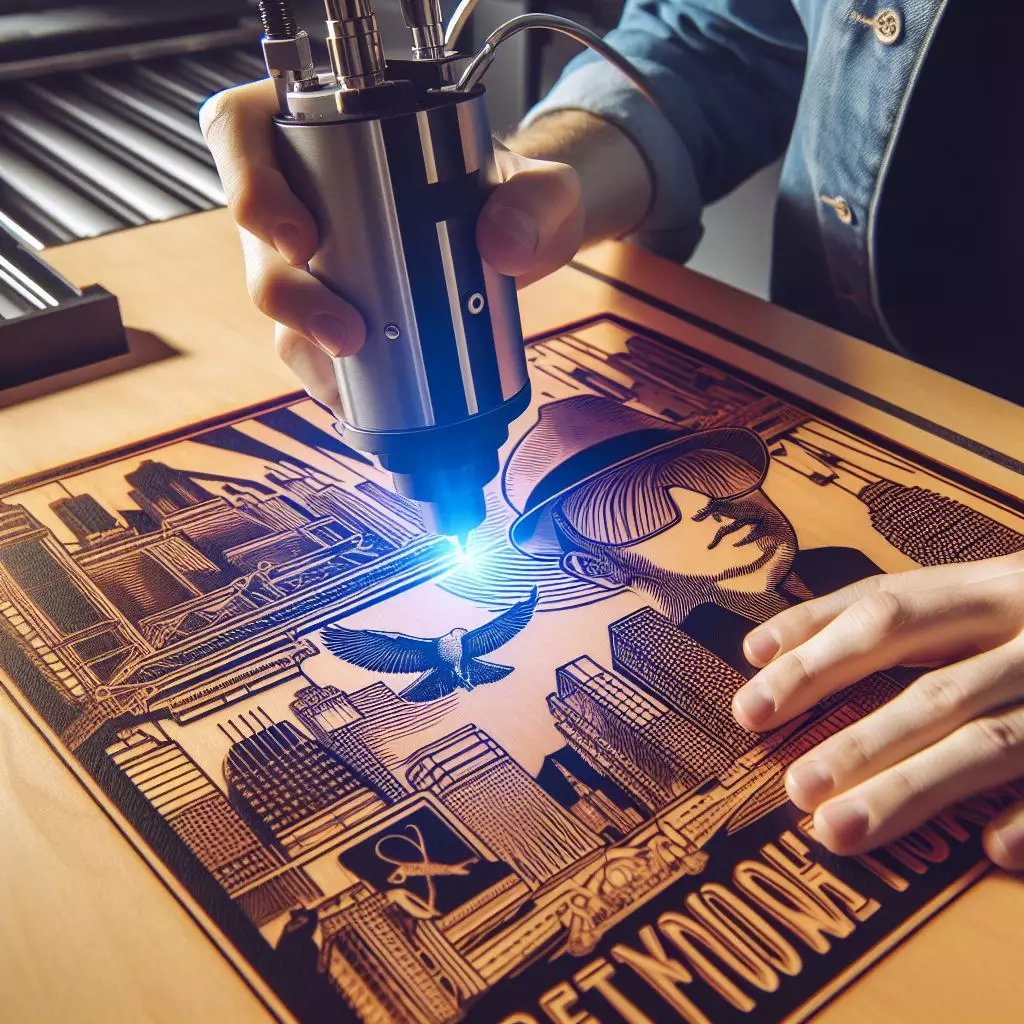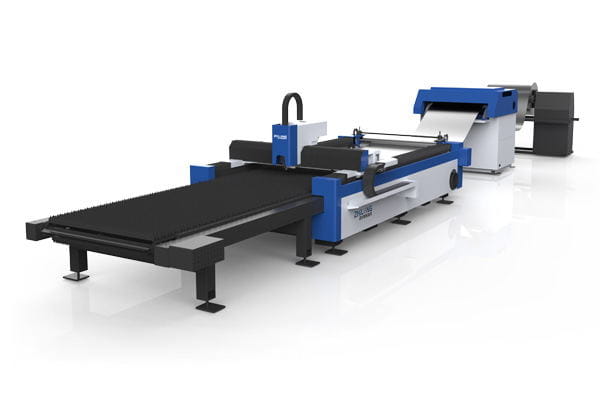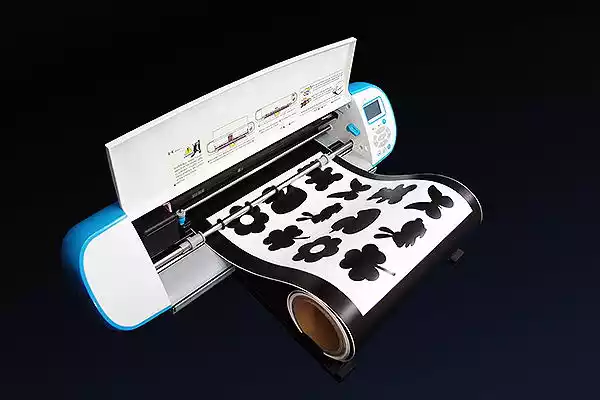Laser engraving machines have become indispensable tools in various industries due to their precision, versatility, and efficiency. Understanding the components and operation of these machines is crucial for maximizing their capabilities and achieving desired results. In this comprehensive guide, we will delve into each component of laser engraving machines and explore their respective roles in the engraving process.

Laser Source
The laser source is the heart of a laser engraving machine, responsible for generating the laser beam used for engraving. There are different types of lasers used in engraving machines, including CO2 lasers and fiber lasers. CO2 lasers are suitable for engraving organic materials like wood and plastic, while fiber lasers are preferred for metals due to their higher intensity and absorption rates. The laser source determines the engraving speed, power, and precision of the machine.
Mirrors and Lenses
Mirrors and lenses are optical components that play a crucial role in directing and focusing the laser beam onto the material surface. The mirrors are used to steer the laser beam in the desired direction, while the lenses focus the beam to a precise spot on the material. The quality and alignment of mirrors and lenses directly impact the accuracy and clarity of the engraving.
CNC (Computer Numerical Control) System
The CNC system is responsible for controlling the movement of the laser beam according to the design specifications provided by the user. It uses computer software to convert the design into a series of precise movements of the laser beam. The CNC system ensures that the engraving follows the desired pattern and achieves the desired depth and detail.
Rotary Attachment
A rotary attachment is an optional component of a laser engraving machine that allows for engraving cylindrical objects such as bottles, pens, or cylinders. The attachment rotates the object while the laser beam remains stationary, ensuring uniform engraving around the circumference of the object. Rotary attachments enhance the versatility of laser engraving machines and enable them to tackle a wider range of applications.
Fume Extractor
A fume extractor is an essential component of a laser engraving machine that helps remove smoke, fumes, and particulates generated during the engraving process. It ensures a clean and safe working environment for the operator and prevents contamination of the workpiece. Fume extractors are particularly important when engraving materials that produce hazardous fumes, such as certain plastics and metals.
Autofocus System
An autofocus system is a recent innovation in laser engraving technology that enhances the accuracy and efficiency of the engraving process. It automatically adjusts the focal length of the laser beam based on the material’s surface, ensuring consistent engraving depth across uneven surfaces. Autofocus systems reduce setup time and minimize errors, making laser engraving machines more user-friendly and productive.
Cooling System
A cooling system is essential for maintaining the optimal operating temperature of the laser source and other components of the engraving machine. It prevents overheating and ensures stable performance during prolonged engraving sessions. The cooling system may include air or water cooling mechanisms, depending on the specific requirements of the machine.
Conclusion
In conclusion, each component of a laser engraving machine plays a vital role in the engraving process, contributing to the machine’s overall performance and capabilities. Understanding how these components work together is essential for achieving high-quality results and maximizing the potential of laser engraving technology. Whether it’s the laser source, mirrors, CNC system, or optional attachments like rotary attachments and fume extractors, each component has a specific function that contributes to the success of the engraving process.


